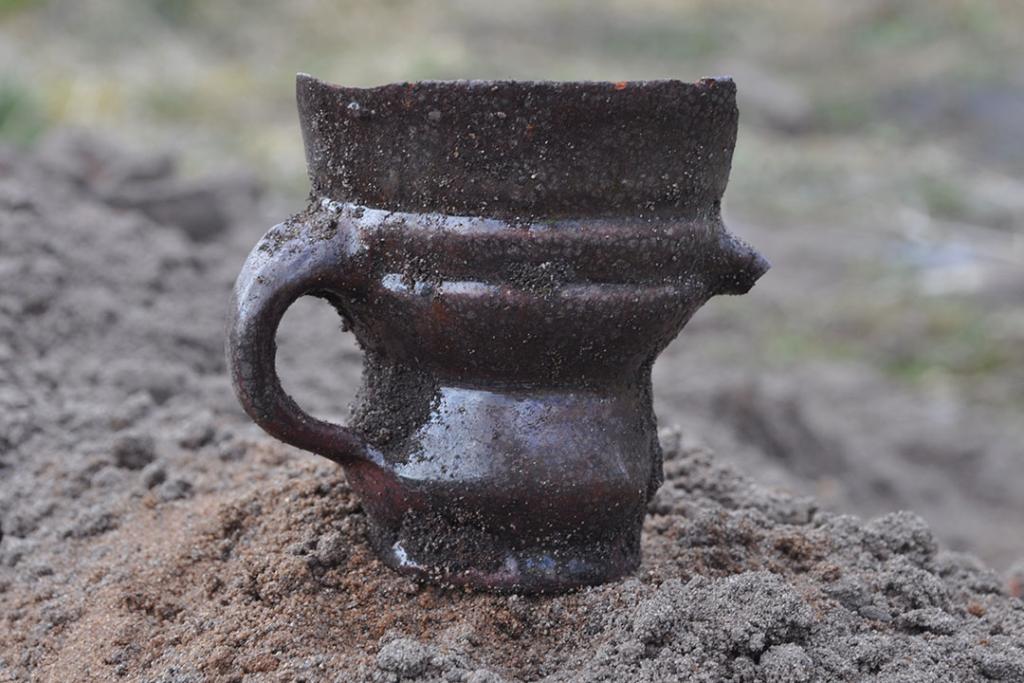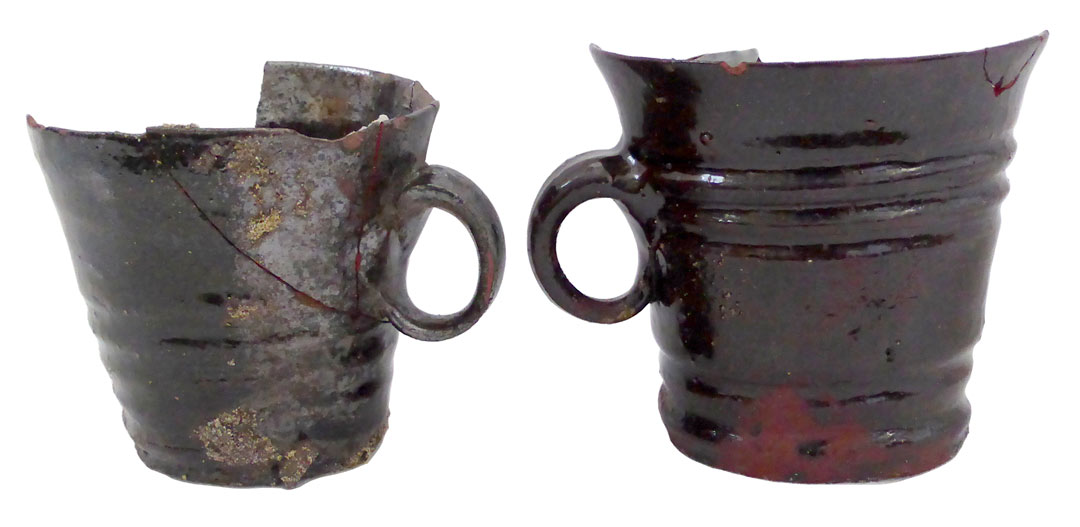Working at home Stuart style
In 2020 we all had to adapt to new ways of life during lockdown and many people started working from home. While this represented a change in many of our lives, in the past working at home was the only way of working. The industrial revolution moved many people's work into centralised places like mills, but before that home working was far more common. Homes would have had to be multifunctional, with the dining table doubling as a desk - in a way that again became familiar during the Covid-19 pandemic.

Excavating the Rainford pottery industry
One of the projects that our archaeology team have been working on at home is a book which will publish an important group of finds from excavations at the Tennis Courts at Rainford near St Helens. The excavations happened in 1979/80 and 2013, and the book will pull together research over that long period about the pottery industry in the village. The Tennis Courts site revealed dumps of pottery thrown away by local potters in the the 17th century.
Pottery had become a significant industry in Rainford from the late 16th century onwards, with farmers using the local resources of clay and firing pots using local peat or coal as fuel.

A glimpse into home working centuries ago
One of the sources which we’ve used to explore this history is probate inventories, the lists of items owned by individuals at their deaths used alongside their wills in arranging inheritance. Inventories from Rainford give glimpses of the home working of these early industrial entrepreneurs.
Inventories are thorough lists which specify objects within a house and on land. Several individuals in the late 17th and 18th century are listed as potters. However, it’s clear that some potters were also farmers, for example Edmund Bispham, who died in 1698 is listed as a ‘poeetr’ also had ‘Corne upon the ground’ - crops growing, and ‘Corne Threshen & un threshen’ - crops harvested and ready for processing. he also owned farming tools, ‘Sacks, Sives pitch forkes Spades & other odd Materials about husbandry’. Edmund and his family must have done varied work from home.
Likewise John Ellison who died in 1675, is listed as a watchmaker (another local industry) but also had carts, ploughs, bees, pigs and swine listed in his inventory, again showing he and his family are doing a range of work at home.
Some inventories give detail of how properties are laid out. Joshua Billing who died in 1709, is listed as a claypotter, and he had ‘2 throwing wheels pot boards & all the other necessaryes belongong to the potters house’ and also ‘pots and credits for pot wares’, all evidencing his commercial business in potting. All these items are listed near the start of the inventory, before the listing inside the house, showing the business was run in an outhouse - separating home and work in a way many of us might now be hankering after!
Home work might feel very new to us, but it’s something which was very common to many of our ancestors, and we can still learn about how they did it from historical sources.
Further reading
Stewart, Elizabeth J. 2015 ‘Rainford Wills and Inventories’ in Philpott, R (ed). 'The Pottery and Clay Tobacco Pipe Industries of Rainford, St Helens: New Research'. Merseyside Archaeological Society. Liverpool.
